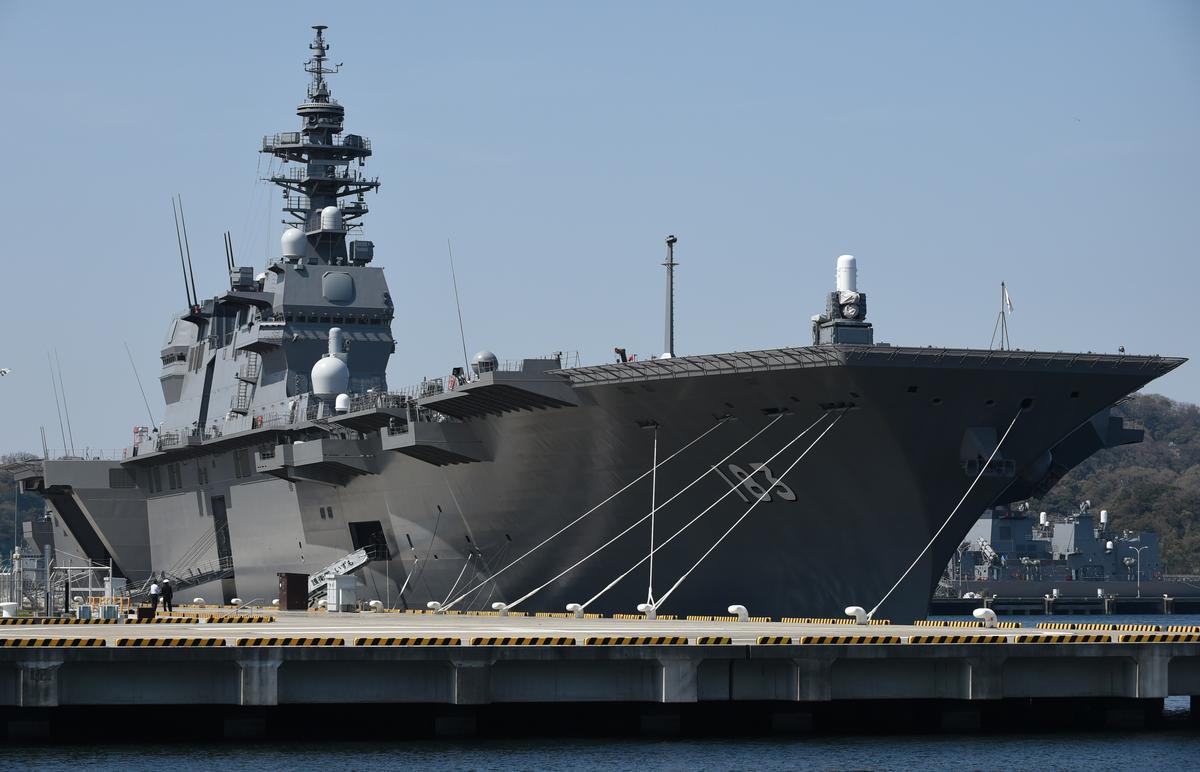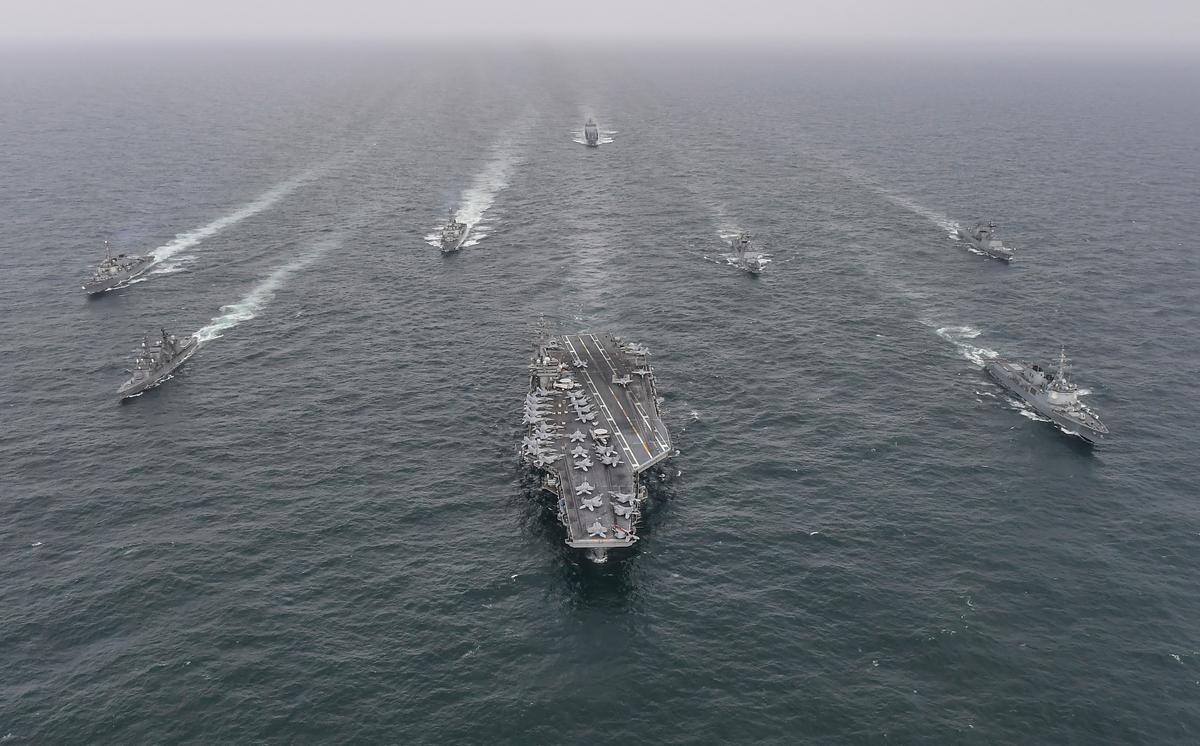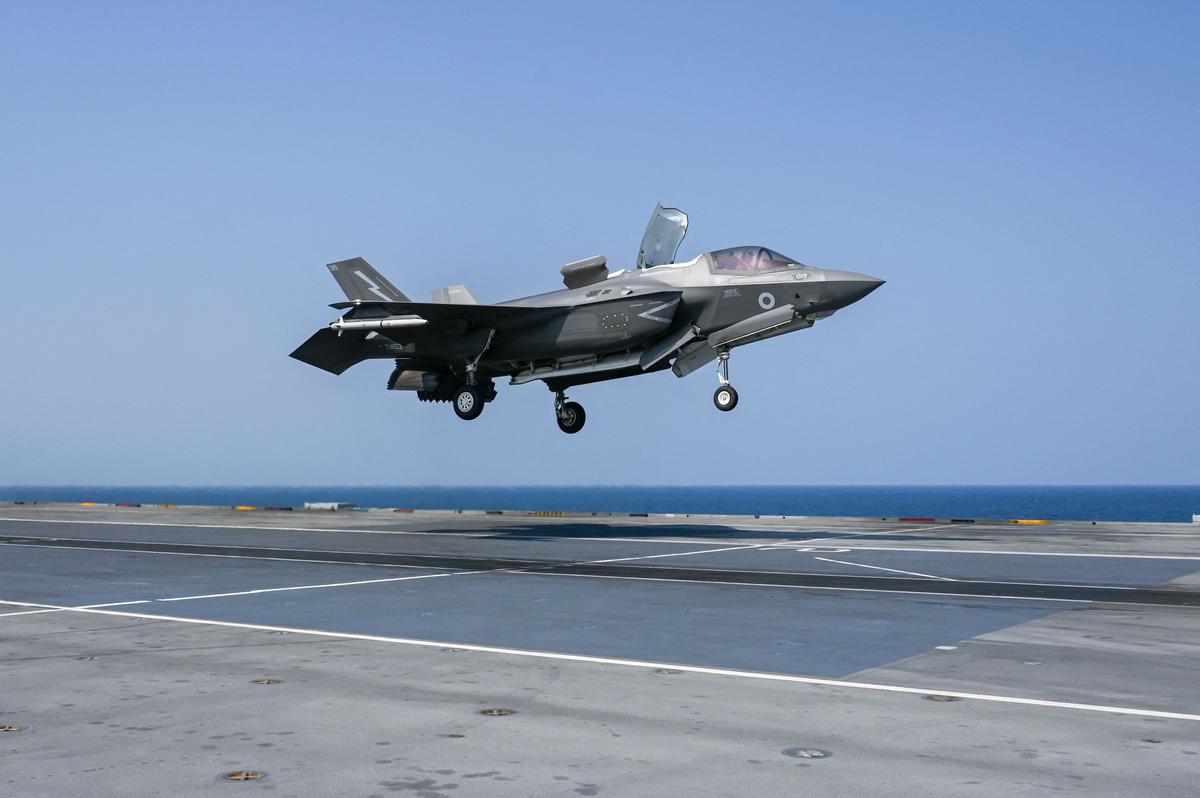Japan Readies Aircraft Carriers for US Fighter Jets, Reflecting Strengthened Defensive Alliance
Two Japanese helicopter destroyers are also being readied to support American-made F-35B stealth fighters.
News Analysis
Japan’s decision to convert two warships into aircraft carriers highlights the strengthening ties between the United States and Japan in the Indo-Pacific region as they solidify their military alliance. The move comes as a strategic response to the assertive behavior of the Chinese Communist Party in the area.
The U.S.–Japan relationship has been a consistent theme across multiple U.S. administrations and has seen significant enhancement under President Biden. The collaboration between the two countries dates back to the U.S.–Japan Security Treaty in the early 1960s under President Dwight Eisenhower.
The conversion of the Izumo-class ships, JS Izumo (DDH 183) and JS Kaga (DDH 184), into de facto aircraft carriers is a symbolic shift in Japan’s military posture from defense to offense, with a particular focus on countering Chinese threats in the region. Equipped with F-35B stealth fighters, these carriers enhance Japan’s capabilities against sophisticated air defenses and support integrated combat operations.

The historical context of Japan’s carrier operations adds a layer to this development. The transformation of the JS Izumo and JS Kaga brings Japan’s maritime forces back into the carrier operations field since World War II, supporting a shift towards a more proactive defense strategy.
Japan, known for its pacifist stance since WWII, has made significant shifts to its military posture in recent years to confront growing security challenges, particularly from China. The modifications on the Izumo-class ships are a part of this strategic realignment, allowing Japan to operate more efficiently and respond effectively to regional threats.
Despite Japan’s constitutional restrictions on offensive forces, the reinterpretation of its policies to allow for “collective self-defense” has paved the way for more proactive military engagement. By upgrading the JS Kaga and JS Izumo with F-35B fighters, Japan aims to bolster its maritime capabilities while maintaining a defensive narrative to avoid constitutional conflicts.
The strategic enhancements on the Izumo-class ships demonstrate Japan’s commitment to ensuring national and regional security in the face of evolving threats. The upcoming deployment of F-35B jets further solidifies Japan’s position as a key player in the Indo-Pacific region.

Enhancing Japan’s Naval Capabilities
The upgrade on the JS Kaga signifies Japan’s commitment to modernizing its maritime forces. By equipping the aircraft carrier with F-35B jets, Japan gains a significant tactical advantage in its defense strategy against potential threats in the region.
Japan’s transition from a purely defensive stance to a more proactive military posture is evident in the ongoing upgrades on the Izumo-class ships. These developments serve to strengthen Japan’s naval capabilities and align with its strategic objectives for regional security.
The completion of initial modifications on the JS Kaga to accommodate F-35B fighters is a significant milestone in Japan’s efforts to enhance its military readiness. The planned maritime tests and subsequent upgrades are crucial steps towards achieving full operational capability by fiscal year 2027.
The introduction of F-35B jets on Japanese carriers signifies a leap forward in Japan’s military capabilities, marking a new era in its defense strategy. The nation’s commitment to acquiring advanced military equipment underscores its determination to safeguard its interests and maintain stability in the region.






